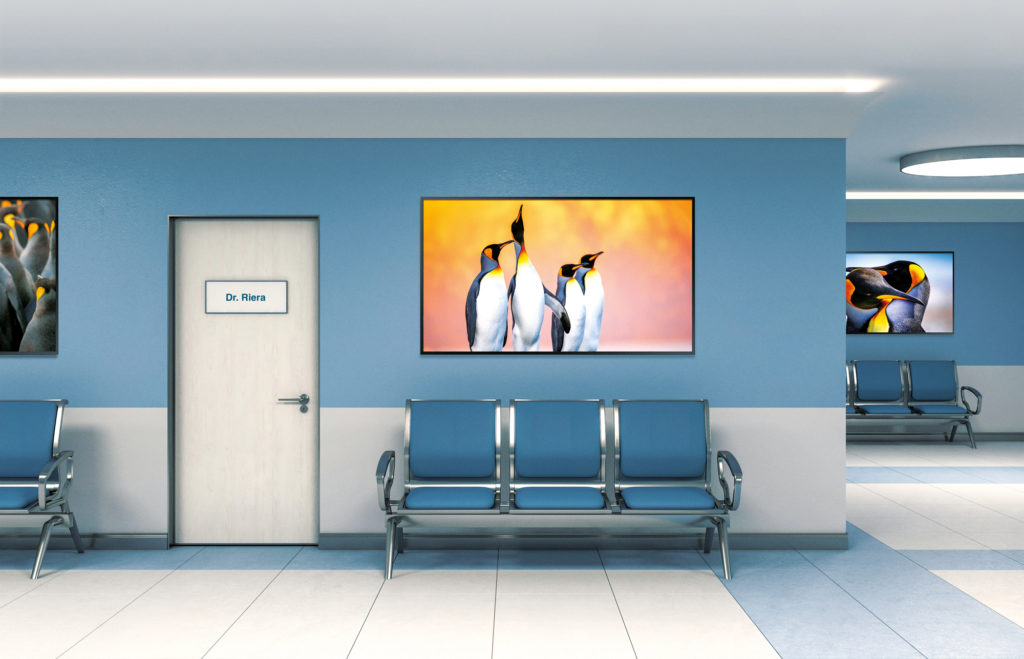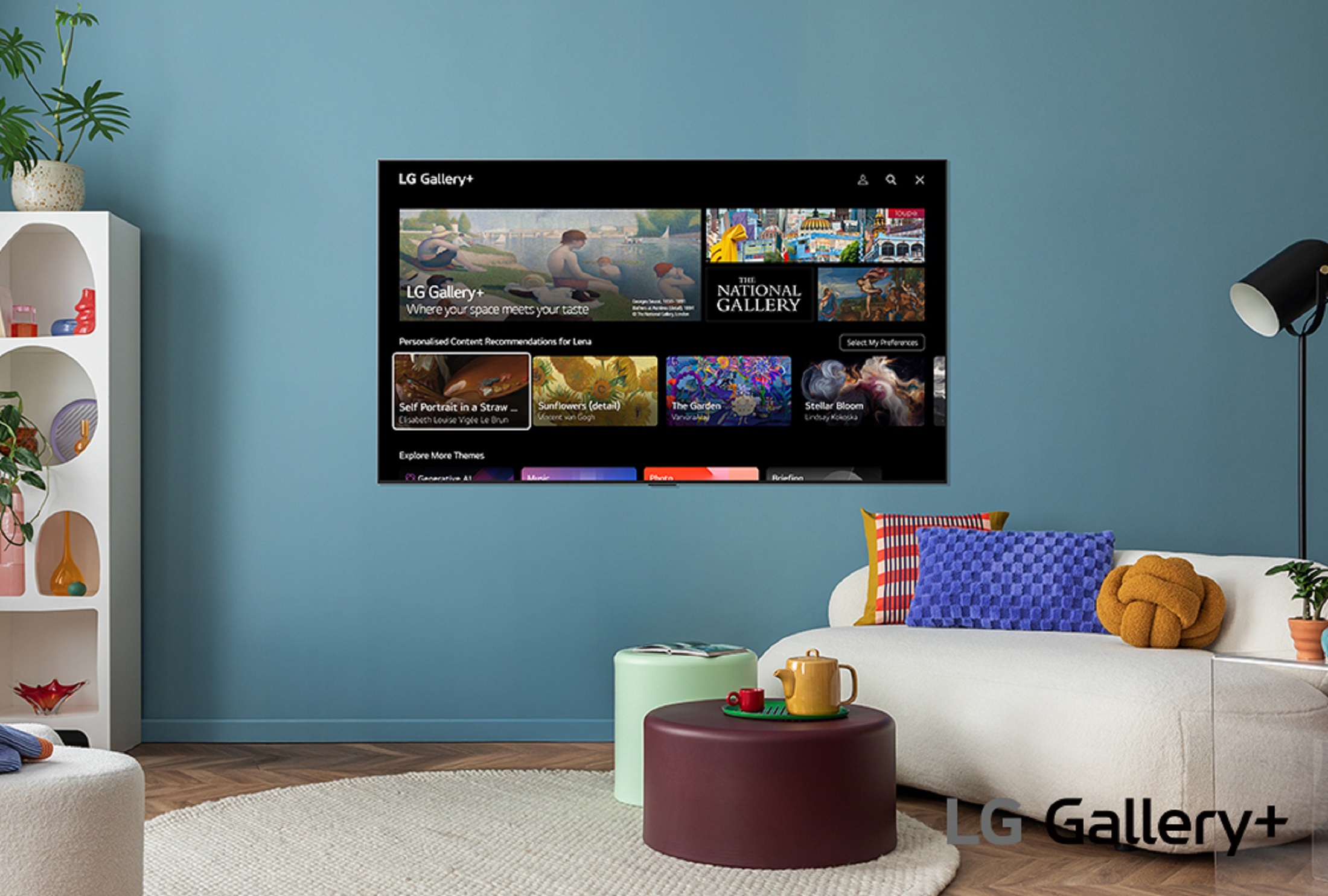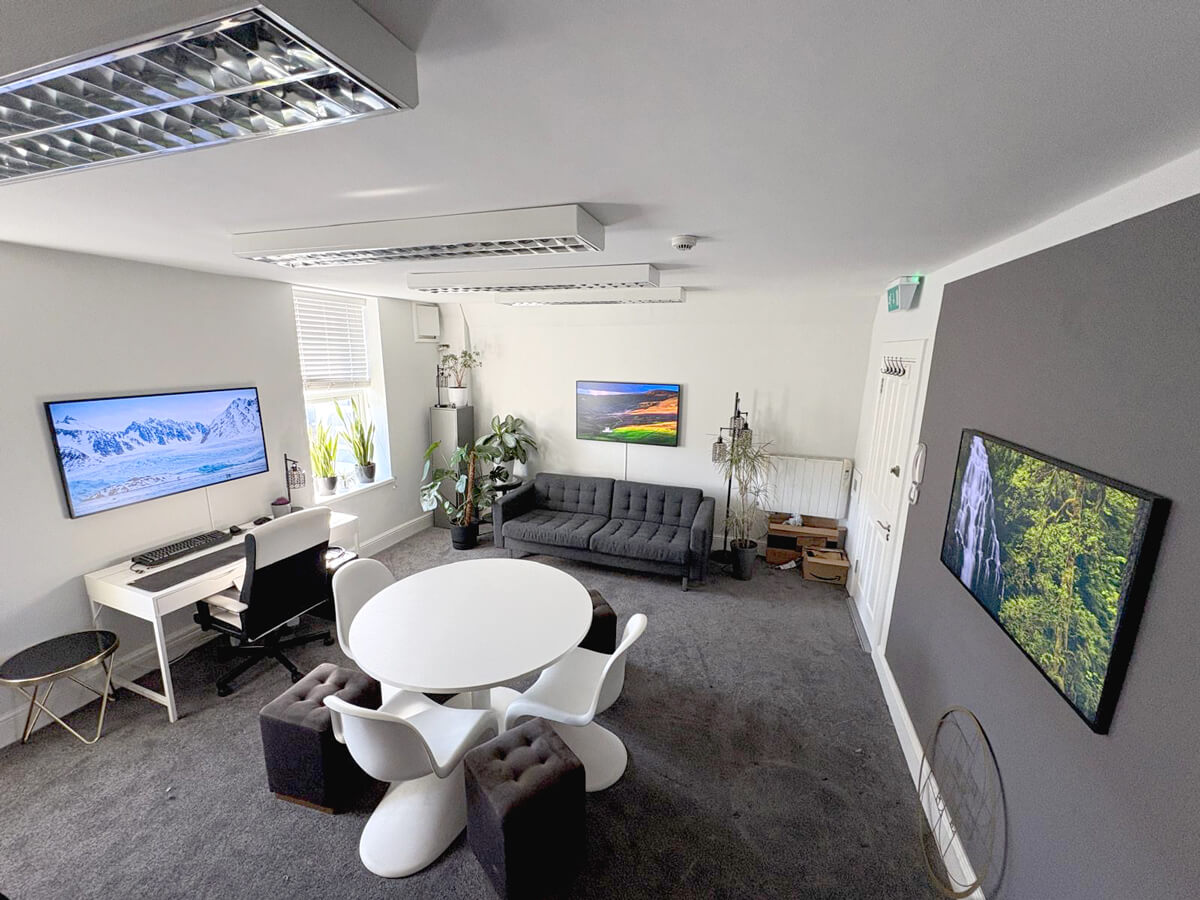How to Use Color Psychology in Healthcare Facilities
- Healthcare
- Art & Technology
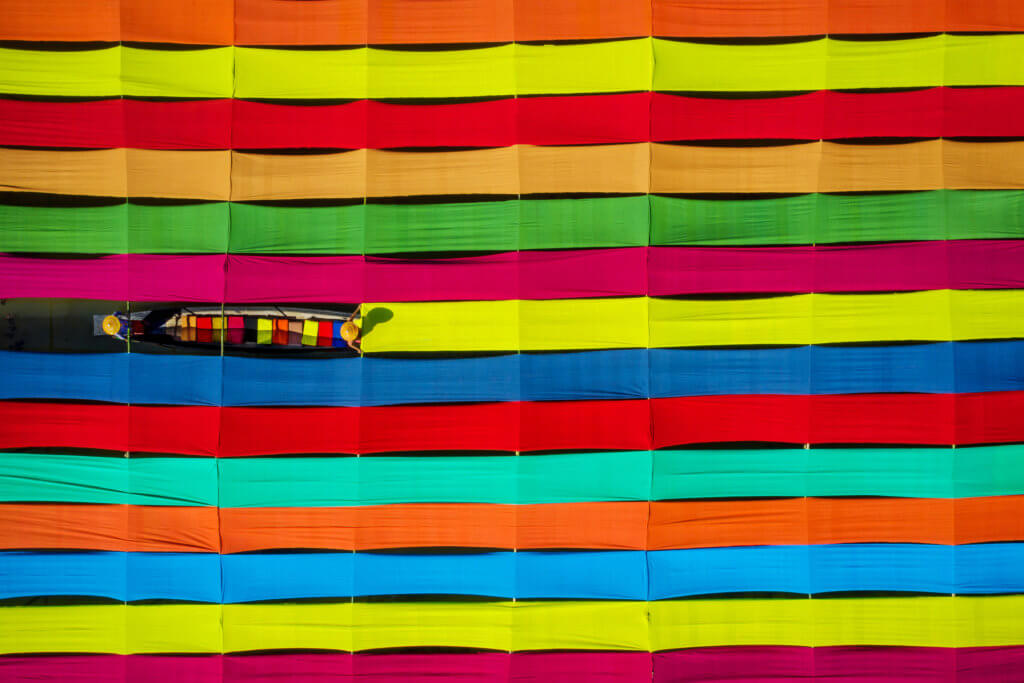
Photography by Zay Yar Lin
Color psychology has long been used for interior design of homes and public spaces. In healthcare, the whites and blues have become universally associated with the industry.
However, those are not the only color options which you can use. The right choice of other colors can ensure greater positive impact on patient stay and medical staff well-being.
What is Color Psychology?
Color psychology can simply be described as the study of colors and their effects on human behavior. In other words, colors elicit emotions when we are exposed to them.
This knowledge is particularly important in space design. With the use of specific color palettes, you can shape your space perception (make it feel bigger or smaller) and create a desired atmosphere (calm, restful, playful, etc.).
Top Benefits of Color Psychology for Healthcare Design
Colors influence patient mood and behavior. But did you know that they also contribute to more healing and therapeutic environments?
Here are the key advantages of color psychology for healthcare centers:
- Improved patient treatment
Be that a green plant in the hallway or calming artwork in the wards – a well-chosen color palette can ensure more successful treatment results and speedy recovery. In a famous study of visual environments in healthcare, Roger S. Ulrich and O. Luden confirmed that patients exposed to the nature images experienced less postoperative anxiety. However, those who only viewed the bland walls or abstract art in front of them were significantly more agitated. - Reduced waiting time boredom
We all know this uneasy feeling of having to wait for the appointment to begin. You simply don’t know where to direct your gaze and pass the time. Here’s where colorful and artful surroundings come to the rescue. Acting as a positive distraction in the waiting areas, fresh visual elements can reduce perceived waiting time by 37% and calm pre-appointment anxiety. - Enhanced well-being of healthcare workers
Not only the patients reap the benefits of color psychology. For healthcare professionals who constantly find themselves under pressure, colorful, visual elements can help reduce work-related stress and burnouts. This, in the long run, ensures improved employee well-being and higher-quality, patient care.
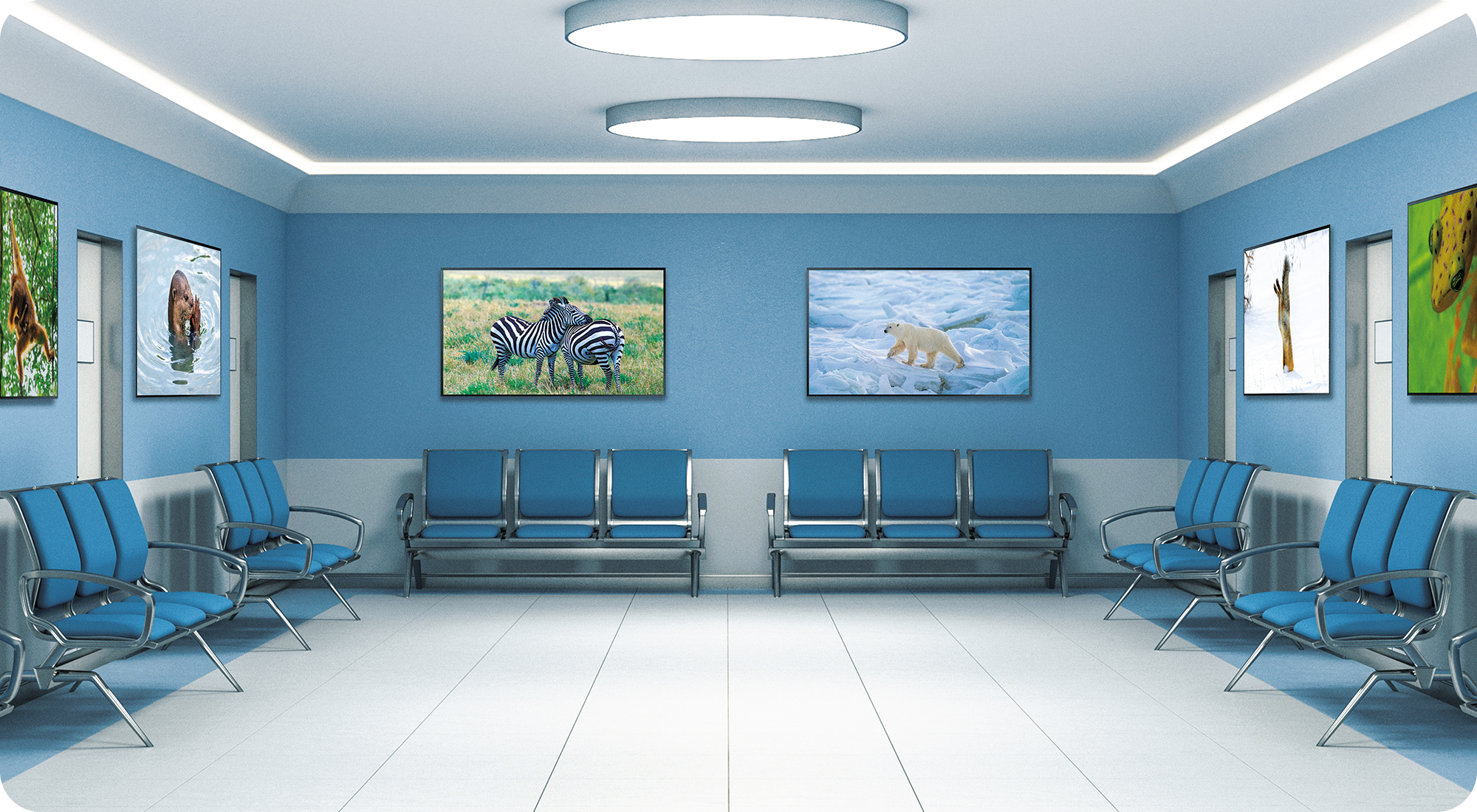
Photography by Bill Gozansky | Featured in "Wildlife Day" Playlist by WindowSight
Colors and Their Meanings for Hospital Design
Different colors are responsible for different psychological responses. To successfully implement the color psychology principles into healthcare design, it’s essential to understand how colors can affect patients and healthcare employees.
- Green
Fresh like nature, the green color in healthcare design promotes healing and calming environments. Consistent with the idea of biophilia, several studies showed that green surroundings provide positive therapeutic effects, including better recovery from surgery.Even if your hospital doesn’t have a leafy inner garden, you can still incorporate green by including some tranquil nature and wildlife artworks in the patient rooms and hallways. This will help patients reach a peace of mind before a nerve-wracking appointment or procedure and feel soothed afterward.

Photography by Babak Tafreshi

Photography by Andrew Peacock

Photography by Tim Polwden

Photography by Kyle Huber
- Blue
Reminiscent of water and the sky, the color blue also has an anxiety-reducing effect. Its cooling nature is believed to help lower the rapid heart rate of angsty patients or overworked medical staff.
Additionally, this color instills a sense of trust, which is essential in doctor-patient relationships.
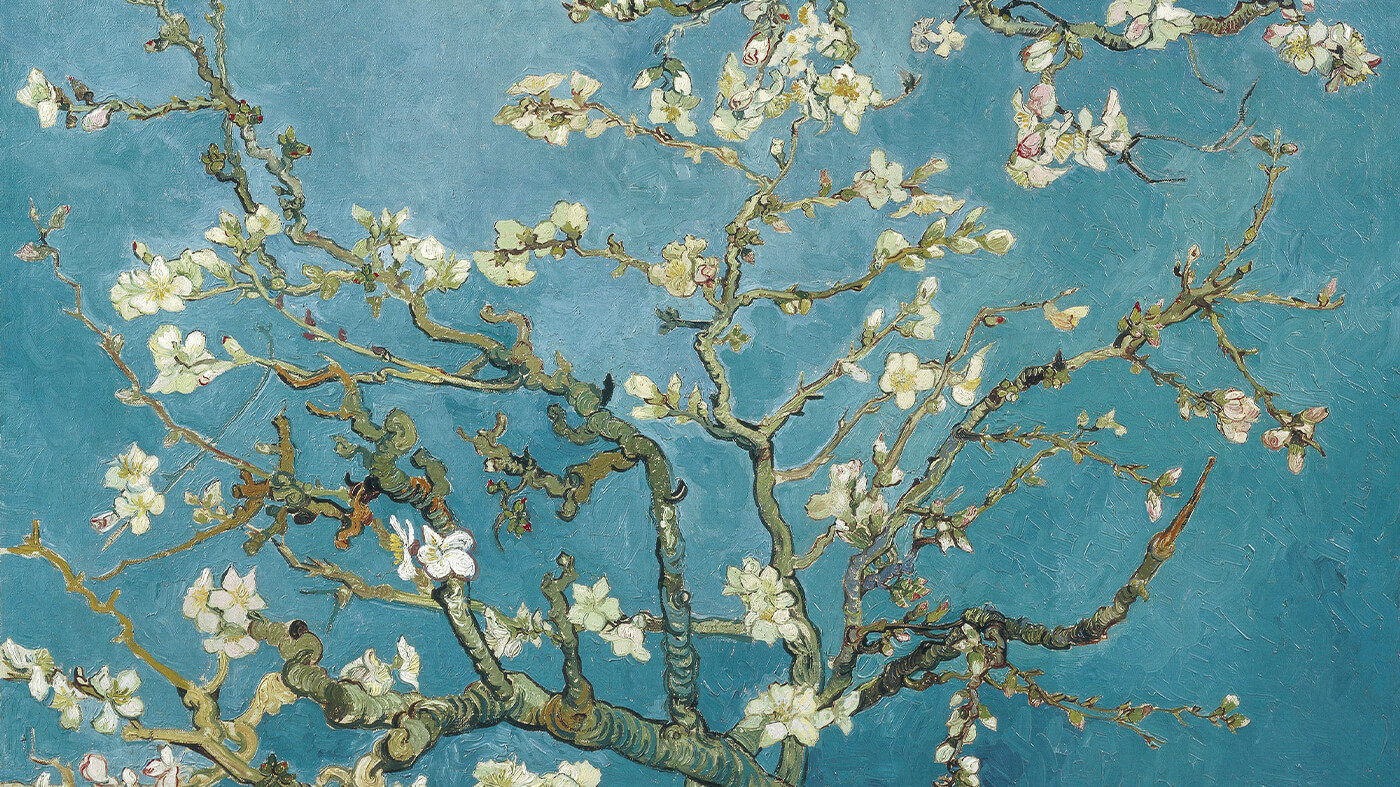
Artwork by Vincent Van Gogh

Illustration by Joey Guidone

Photography by Russell Ord

Artwork by Paul Klee
- Purple
Traditionally used in wellness centers, purple combines the best of a playful red and serene blue. This color is commonly associated with wisdom, dreams and balance, which can create a meditative atmosphere for a true relaxation of mind.

Photography by Javier Aznar Gonzalez de Rueda
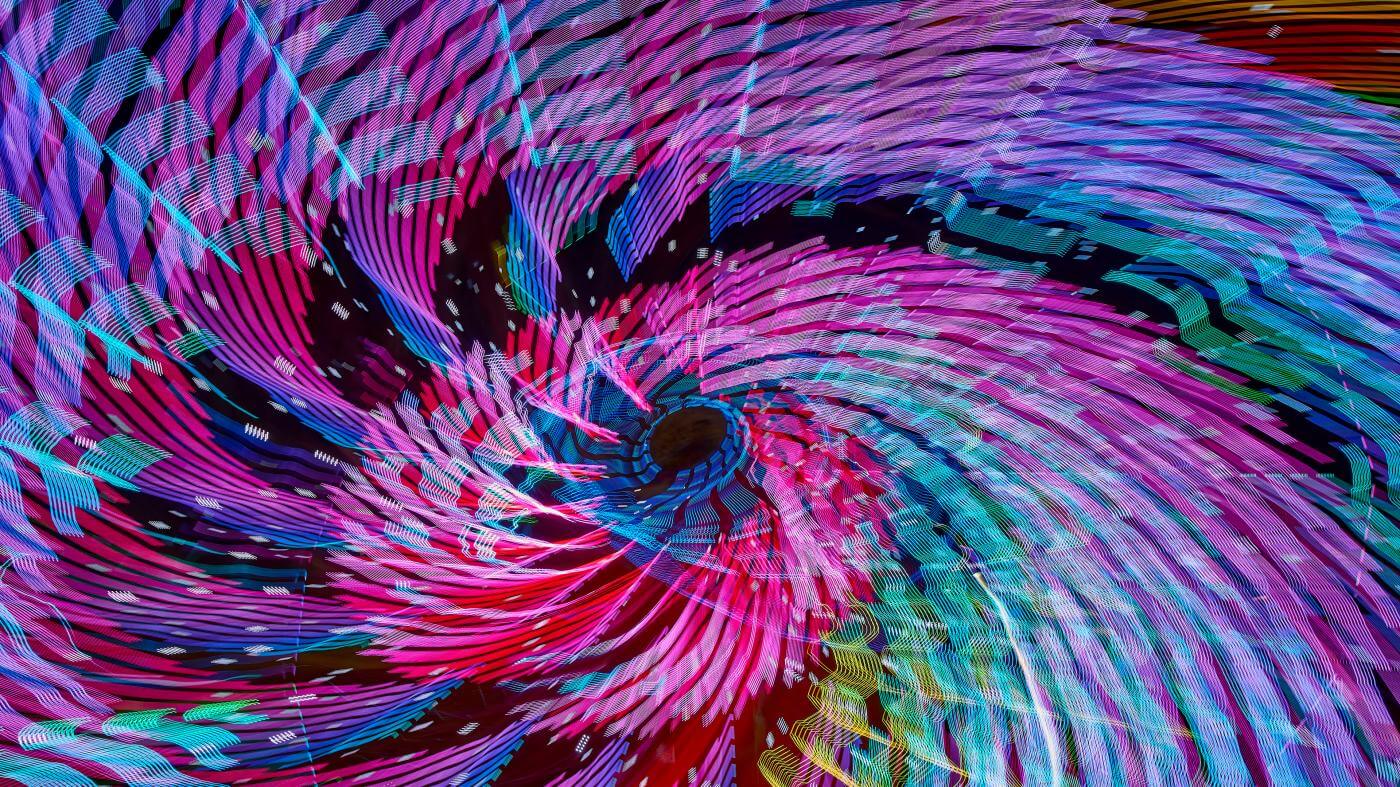
Photography by Peter Treiber

Photography by Joey Guidone

Photography by Kennymax
- Yellow
The color of optimism and warmth, yellow generates a vibrant and mood-boosting ambience. Not surprisingly, it is a go-to positive distraction for kids in pediatric clinics. Whether in the waiting area or doctor, yellow elements can cheer up and comfort both children and their parents.
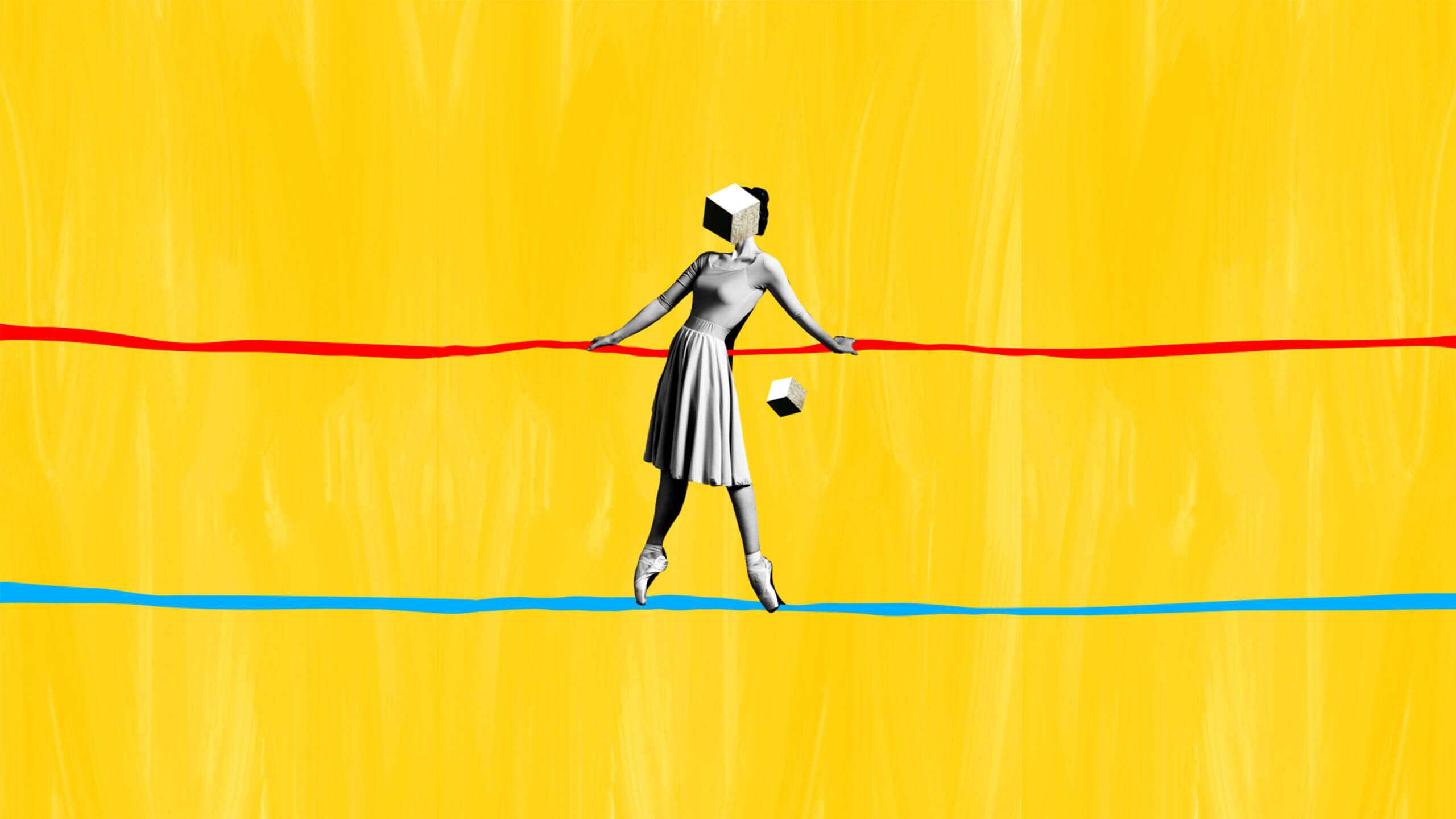
Illustration by Gustavo Amaral

Photography by Stephen Matera

Photography by Shannon Wild
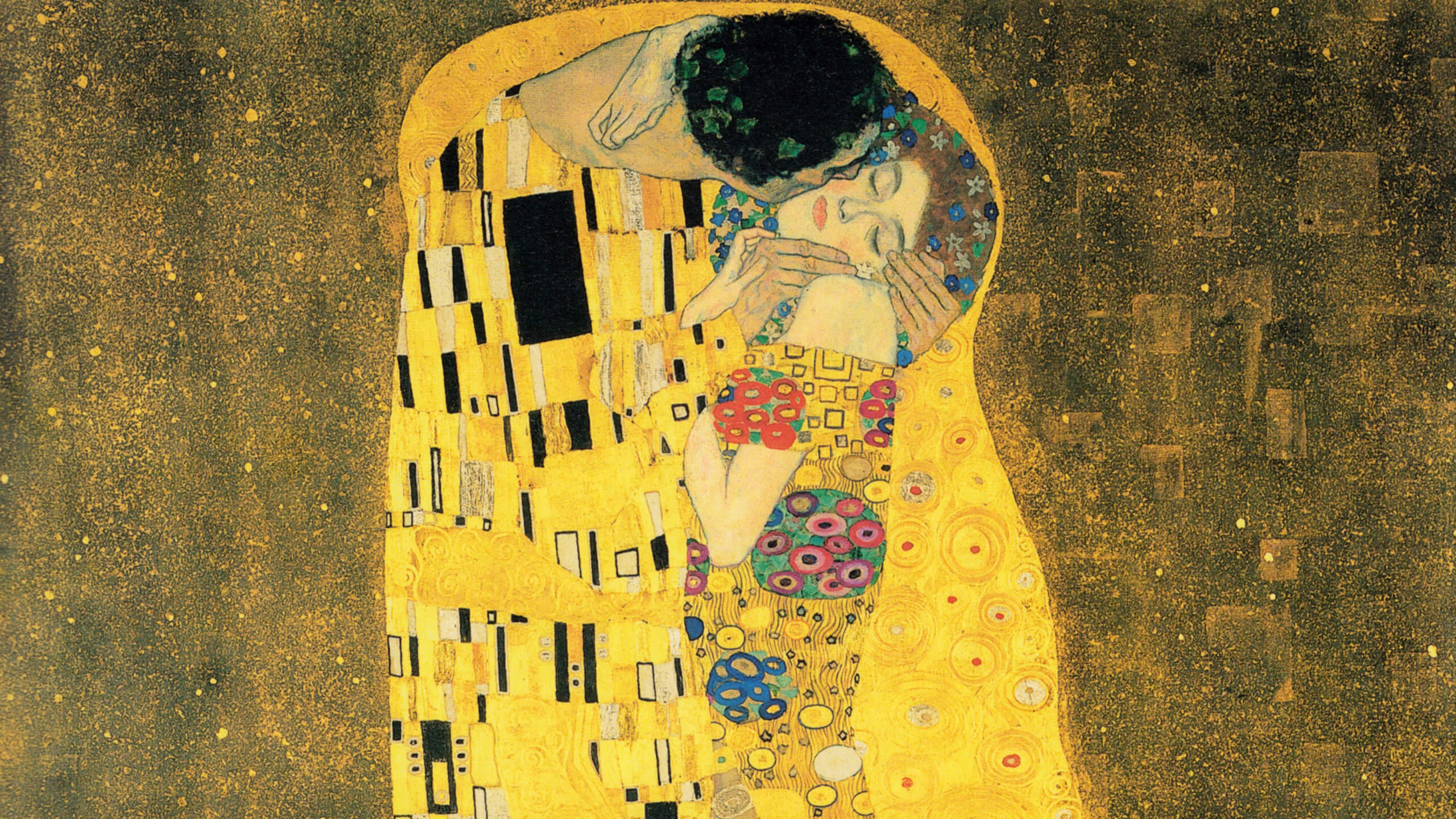
Artwork by Gustav Klimt
- Orange
Juicy and citrusy fresh, orange brings energy into the healthcare facilities. This color can be successfully implemented in the hospital lobbies to greet patients and visitors to facilitate communication.
Moreover, peachy and burnt orange add a homely touch to the waiting areas, which provides a sense of comfort and relaxation.
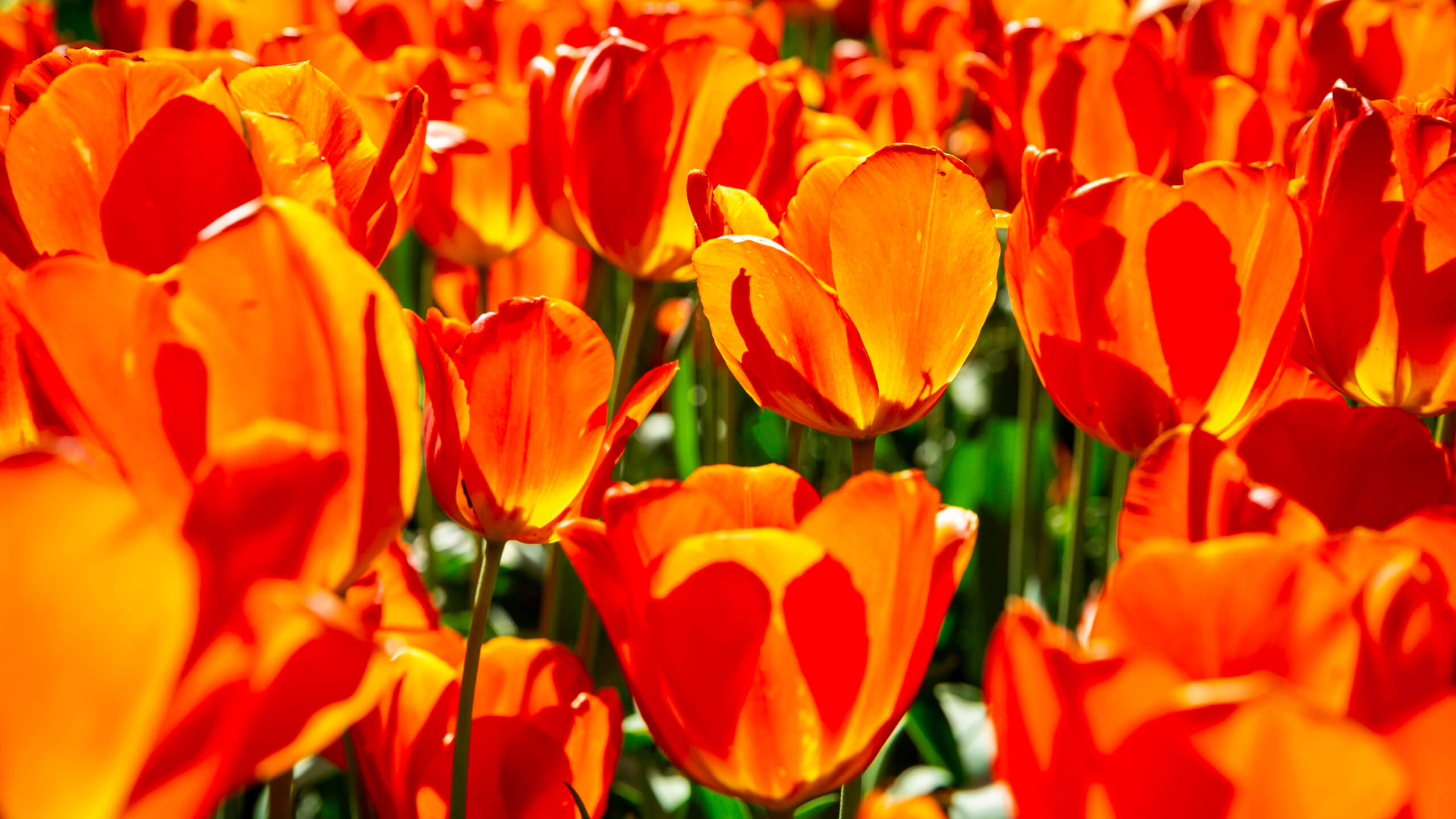
Photography by Fernando Pedro Salgado
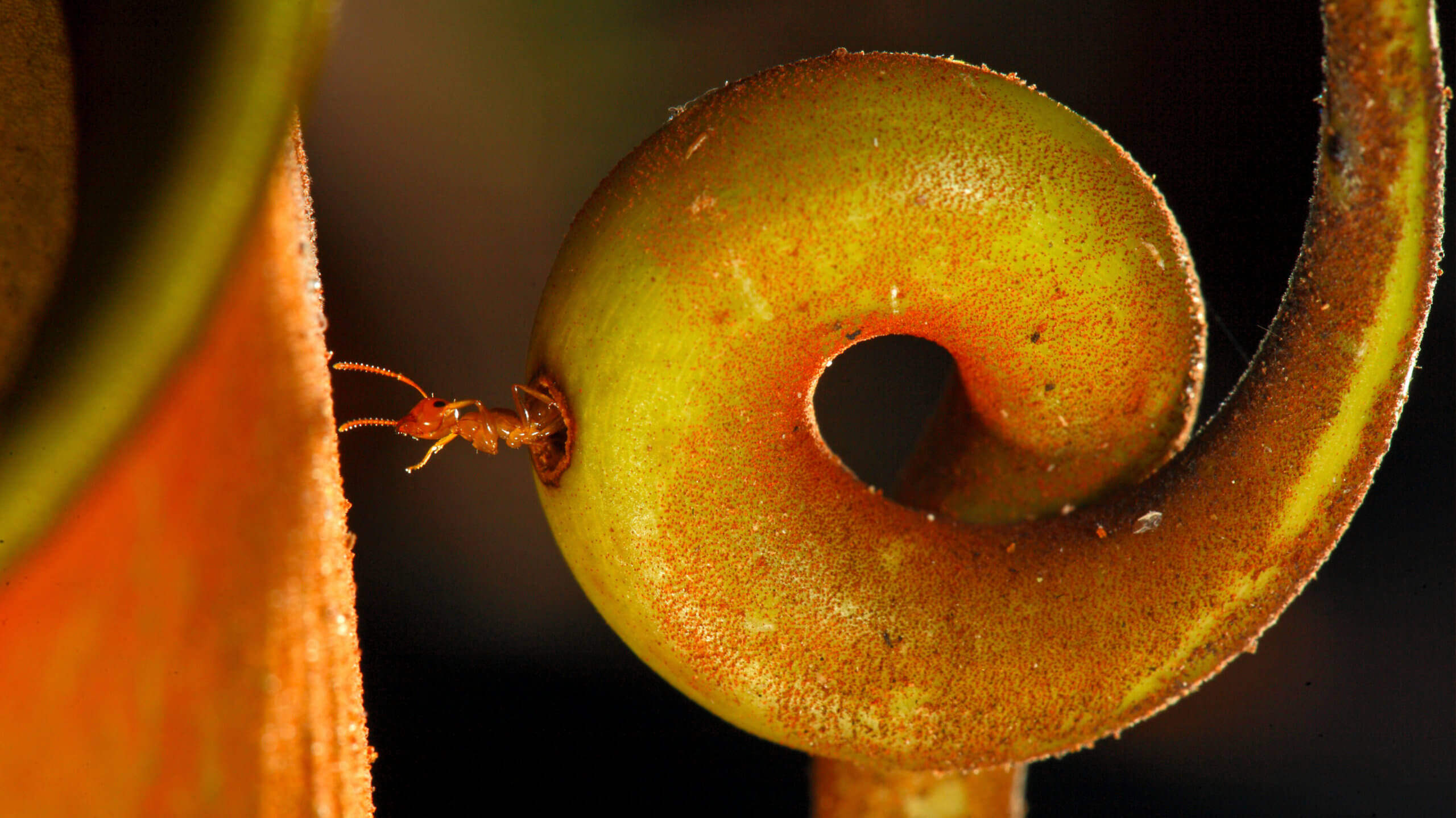
Photography by Christian Ziegler
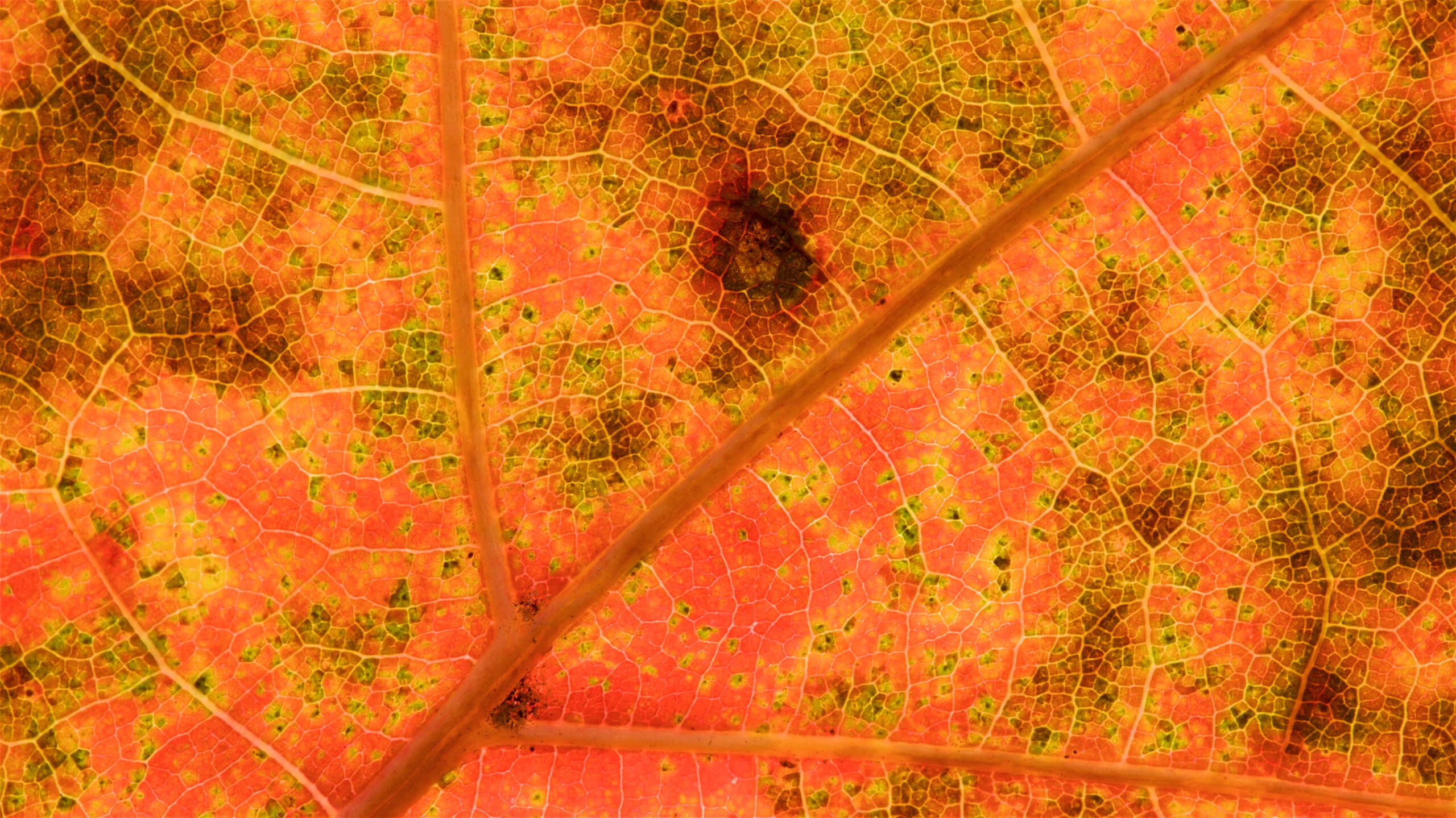
Photography by Tim Laman
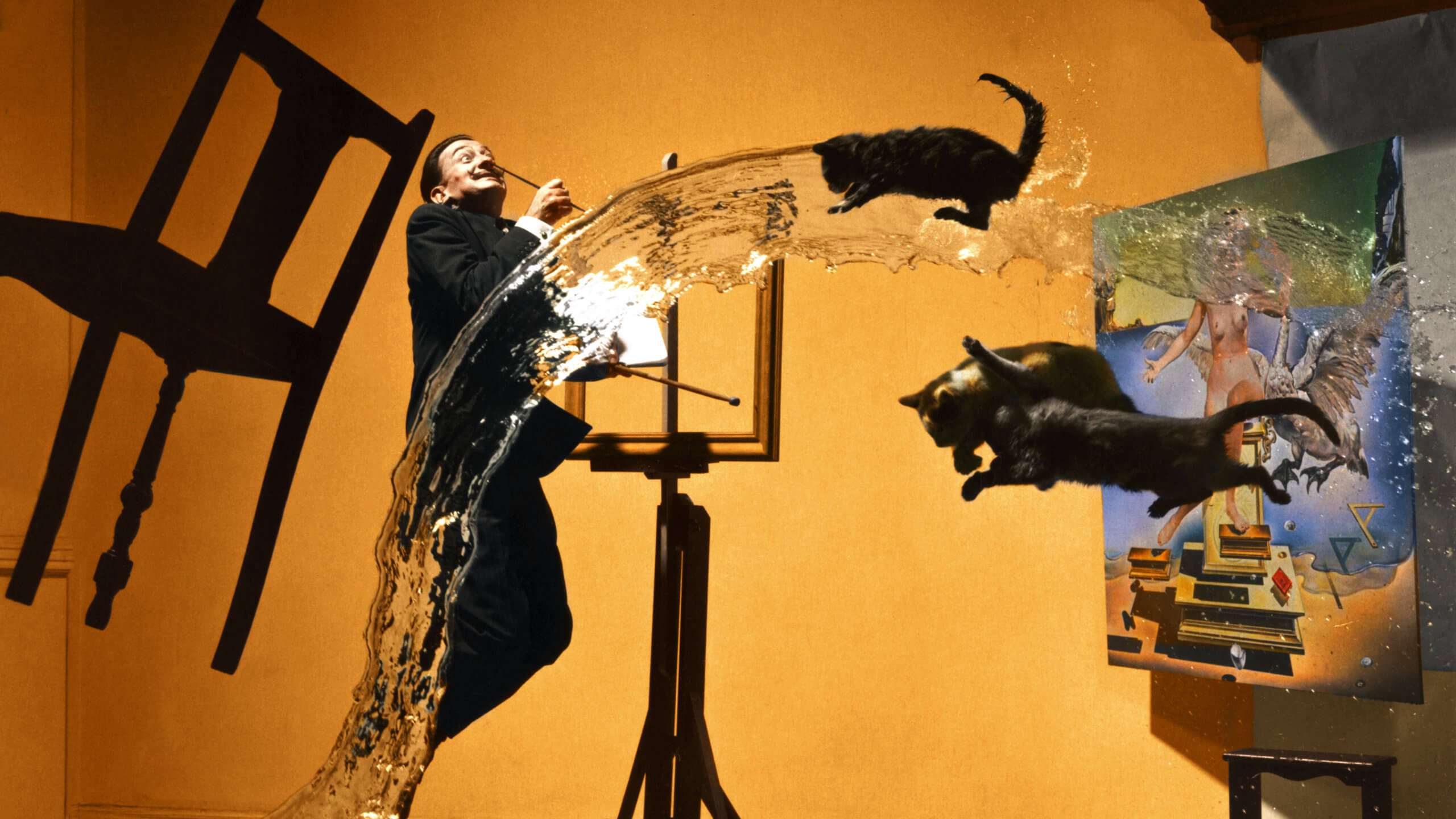
Artwork by Jordan J. Lloyd
- Pink
Delicate pink conveys compassion and hope. As a more neutral alternative to the passionate red color, pink introduces a calming, harmonious note to the healthcare facility. Such a soothing effect could be particularly beneficial when dealing with patients with hormonal imbalances.
Similar to blue, the color pink promotes trusting relationships with your patients.
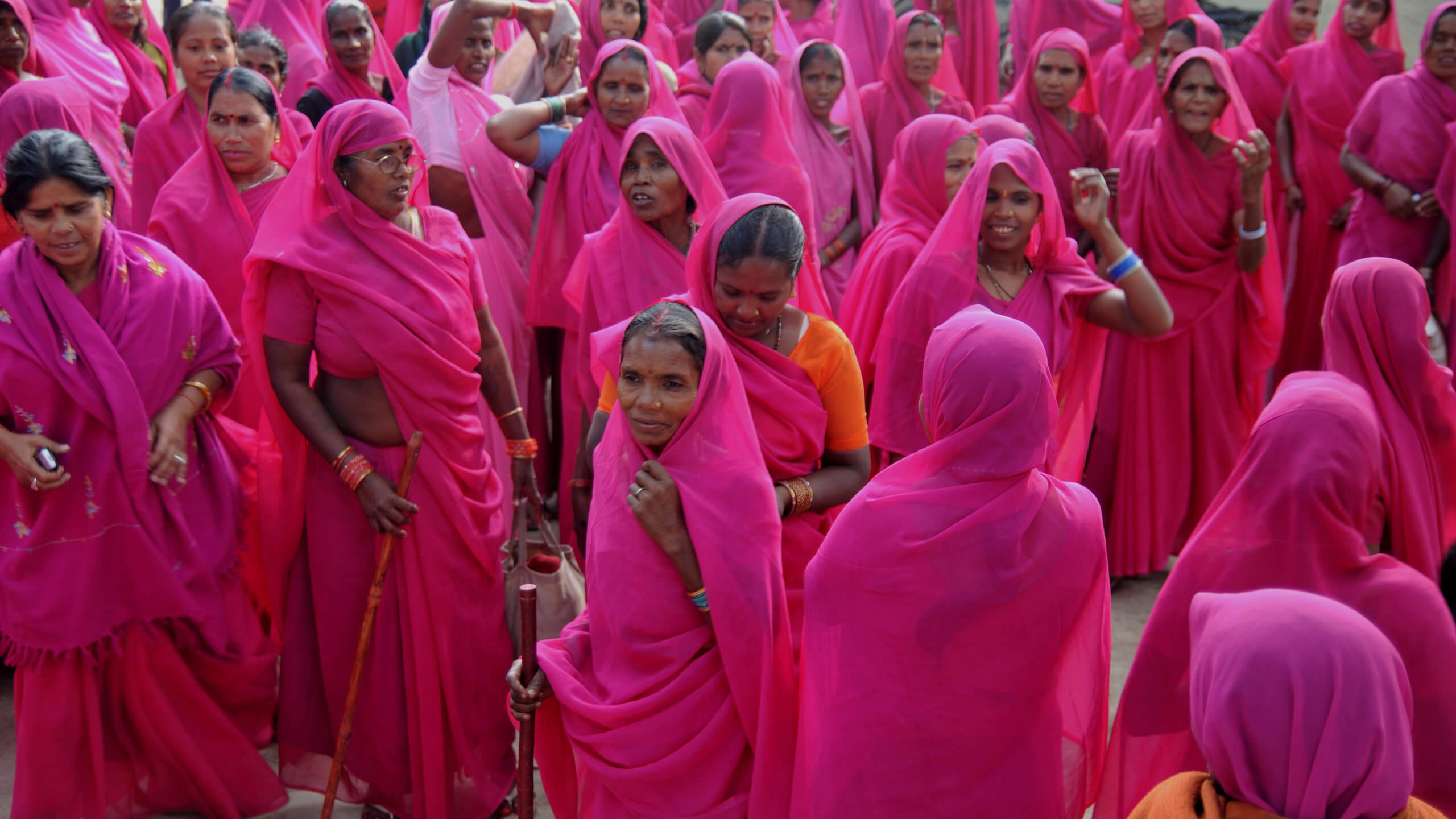
Photography by Arindam Mukherjee

Photography by Stephen Matera
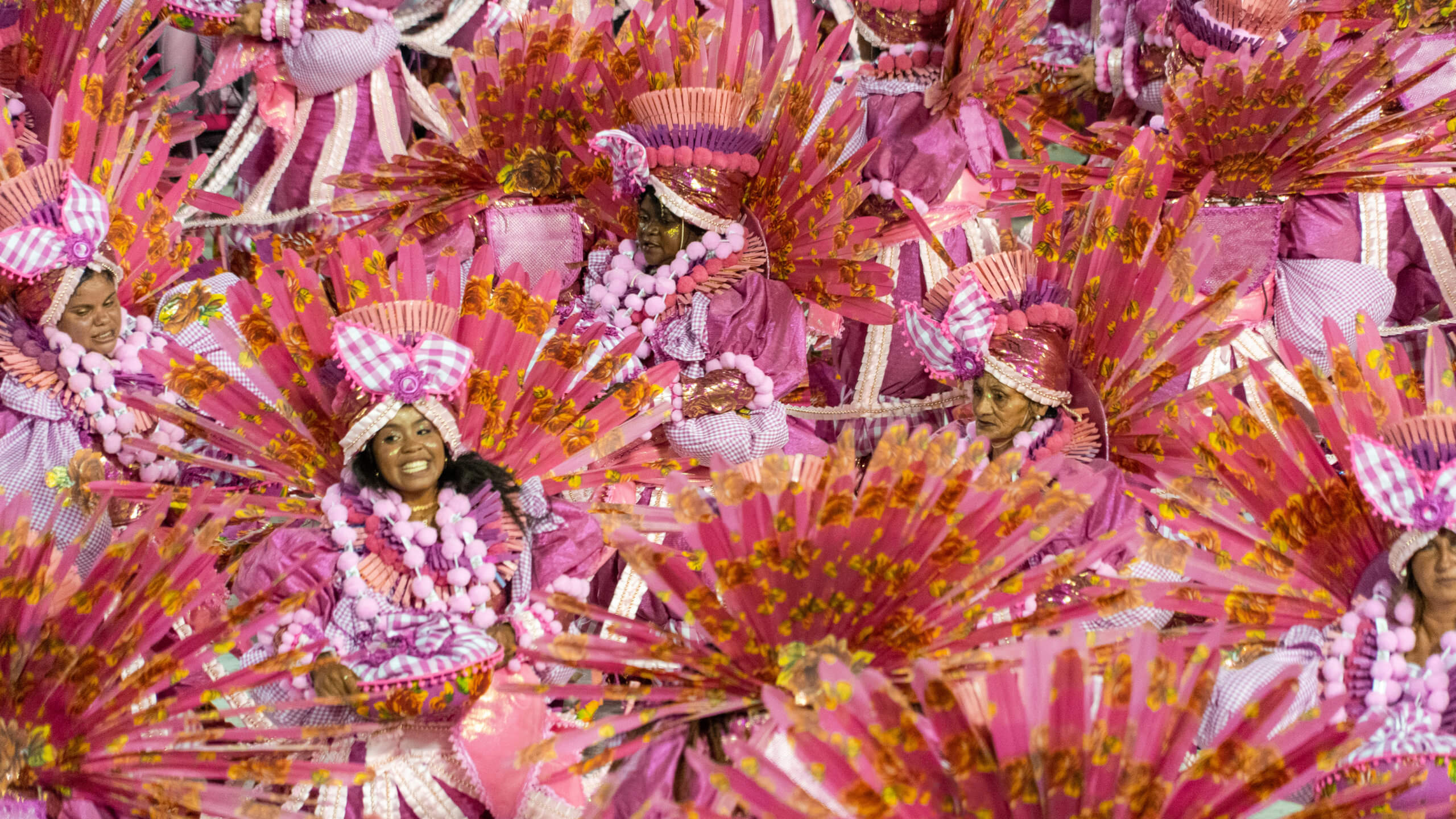
Photography by Kyle Huber
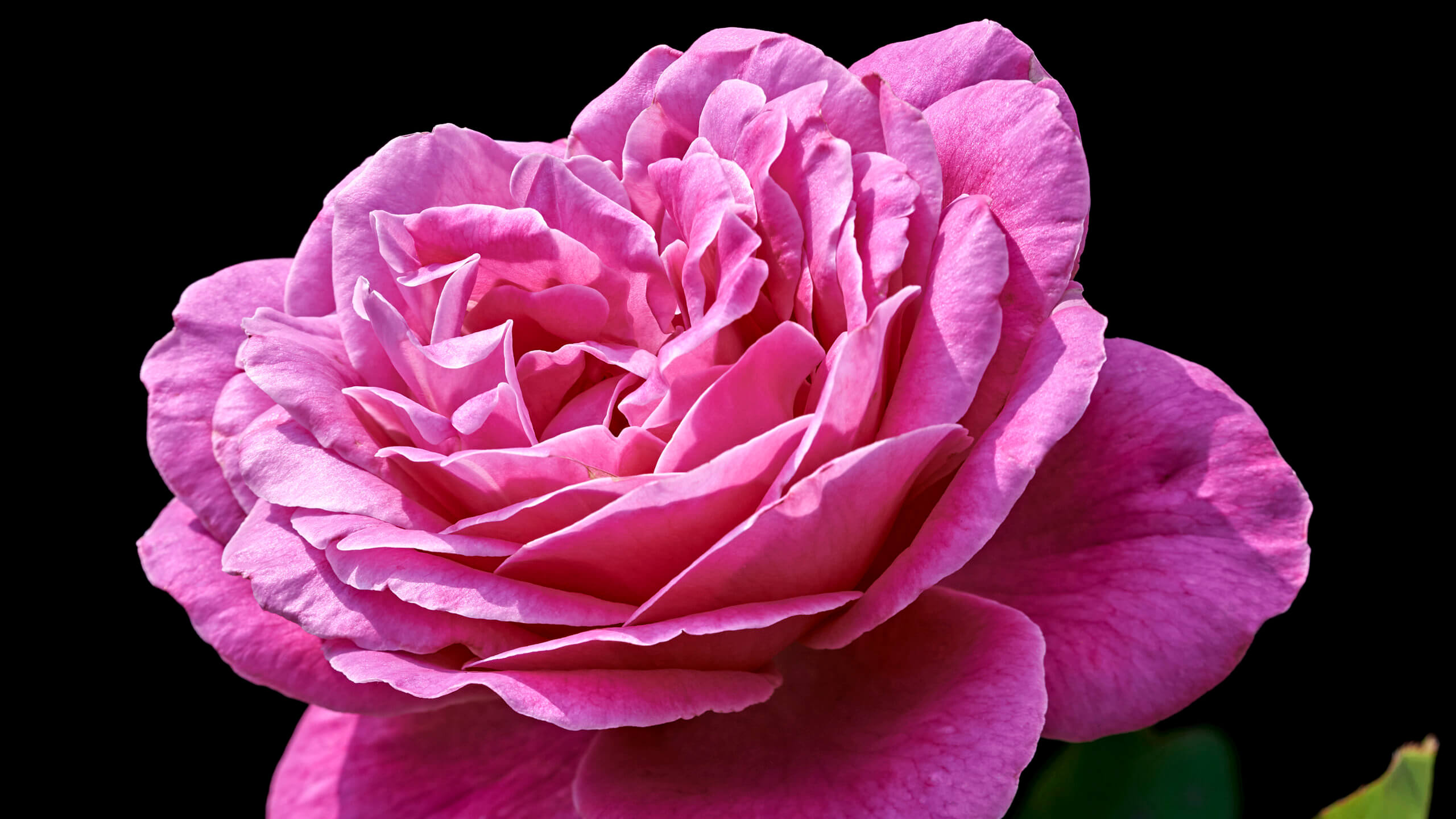
Photography by Peter Treiber
Transforming Healthcare Design with Art and Color Psychology
Implementing color psychology in healthcare design knows no limits. With the well-considered color choices, you can brighten the dull waiting areas and sterile-white walls of the hallways with hued design elements.
Among different healthcare design solutions, digital art streaming has emerged strong over the last years. Being an easy-to-use tool, it can add flexibility and uniqueness to your facility, which will ensure better patient and staff experiences.
Learn more about the positive effects of artful surroundings in healthcare in our next blog post.
Questions?
Colors have a profound influence on our psychological state. They can convey a range of emotions: joy, calmness, frustration, sadness, etc. Understanding how color choices affect patient mood and behavior is crucial for designing healing environments in healthcare facilities.
There are a multitude of colors to choose from, not only the traditional white and blue. Depending on the needs of your healthcare facility, you may opt for green, purple, yellow, and even orange hues. Keep in mind the meanings and effects each color palette brings.
Color psychology principles can be applied to healthcare design in many ways. You could brighten up the walls with digital artworks, add leafy plants in the waiting area, or opt for colorful furniture. The key is to find the right balance and contrast of colors that would be comfortable for patients and workers.
